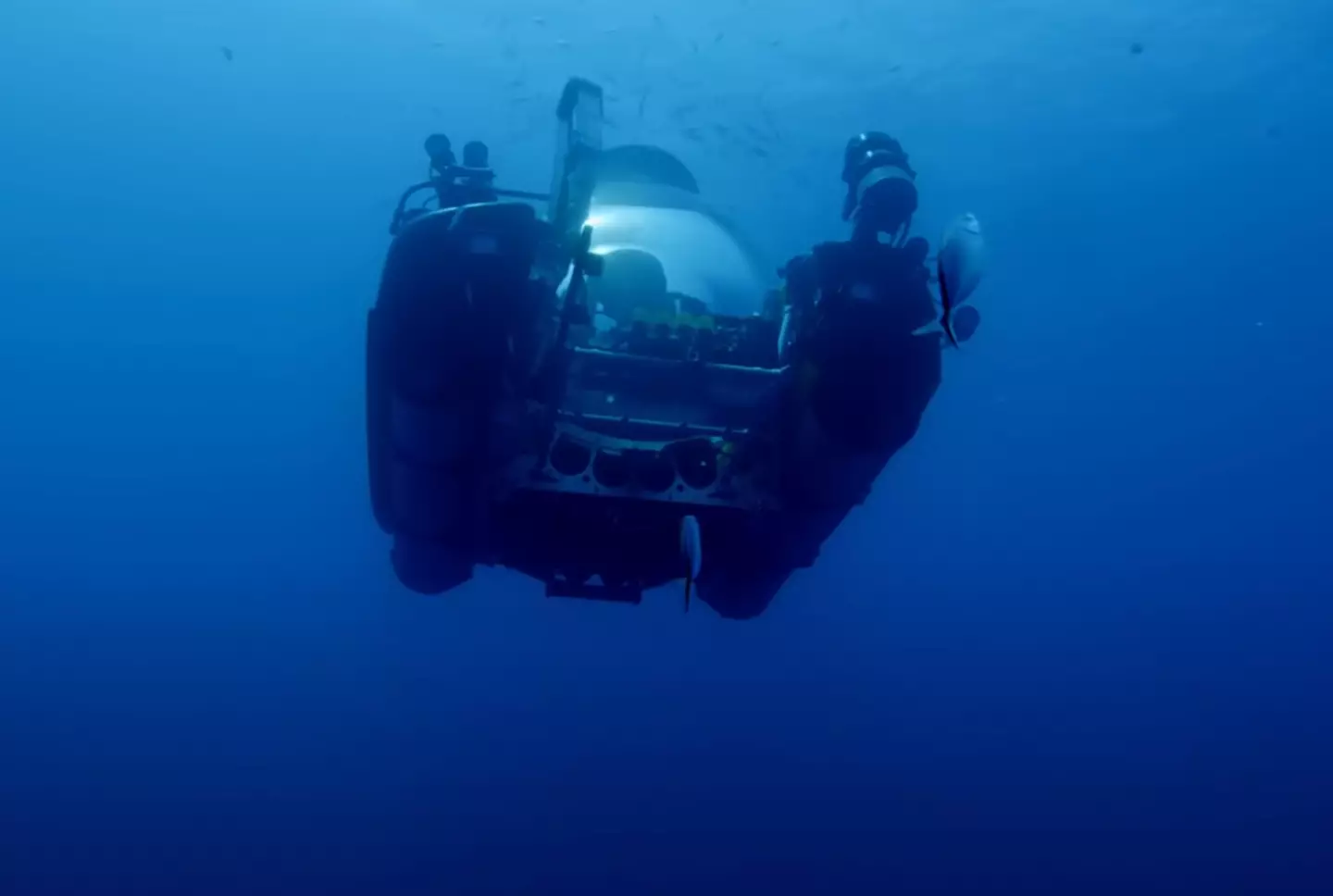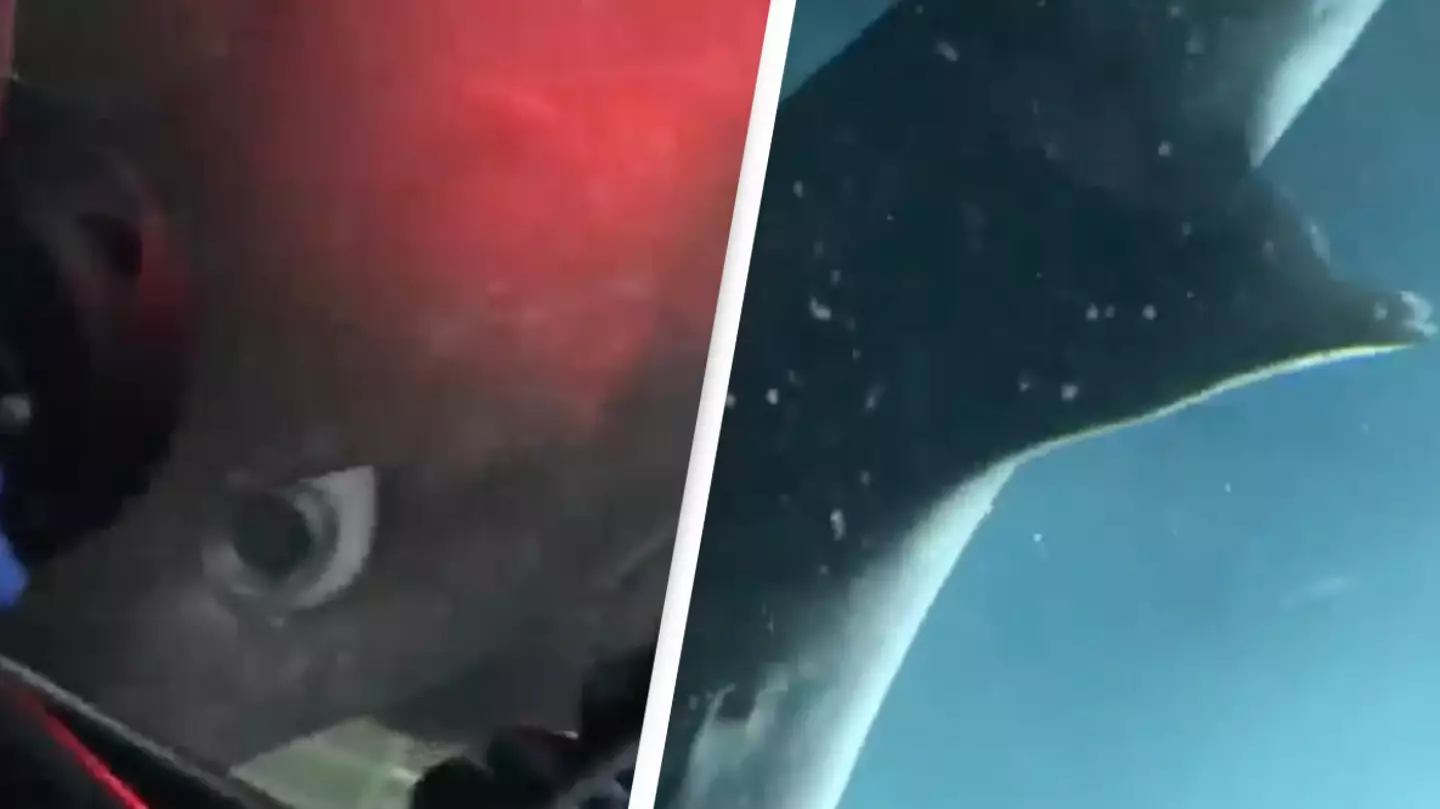Every day, scientists around the world are peeling back the layers of mystery that shroud our Earth, its oceans, and all that lies between.
The relentless curiosity of researchers is particularly piqued by the land and marine creatures that inhabit our planet, some of which remain enigmatic due to their inaccessible habitats.
Indeed, the deepest recesses of our oceans harbor some of the most fascinating creatures, many of which are rarely seen by human eyes due to the challenging depths at which they reside.

Back in 2019, a daring team of researchers made a groundbreaking underwater journey, encountering a creature so monstrous it could have sprung from ancient legend.
This formidable predator, which predates the dinosaurs, can stretch up to 20-feet long.
While some might jump to the conclusion of a megalodon, the creature in question was actually a bluntnose sixgill shark, often referred to as a cow shark.
The stunning footage captured from the submarine showcases the enormous female shark gliding majestically over the vessel, even taking a moment to peer curiously at the researchers inside.
The encounter, which could easily be mistaken for a scene from a blockbuster movie, was very much real and marked a historic moment for the OceanX team with the elusive bluntnose sixgill shark.
“Our goal was the deep-sea #shark, the bluntnose sixgill,” explained OceanX on their YouTube channel when the video was released in July 2019. “This ancient species predates most dinosaurs and is a key predator in the deep-sea ecosystem. Dr. Dean Grubbs from FSU Marine Lab, who led the expedition, was the first to attach a satellite tag to one of these elusive sharks, though previously only possible by surfacing them.”
To lure the shark, the team deployed 100lb of bait into the deep.
The video documenting this rare interaction has been viewed over 25 million times, prompting a vibrant Q&A session on Reddit.

Curious minds on the thread inquired, “How often does the tag communicate with satellites? Do the sharks need to surface for it to transmit data?”
Lucy Howey of OceanX responded, “While there are satellite tags that can transmit data when an animal surfaces, these deepwater sharks never surface, so we use archival tags – akin to a Fitbit. They record vast amounts of data and transmit it later. A metal attachment links the tag to the shark, and after a while, an electrical current corrodes the metal, allowing the tag to float up and send its cache of data to a satellite.”
“Data transmission can be delayed as it only happens during brief windows when satellites pass overhead, depending on their availability and the amount of data stored,” added Howey.
Pretty cool, right?

